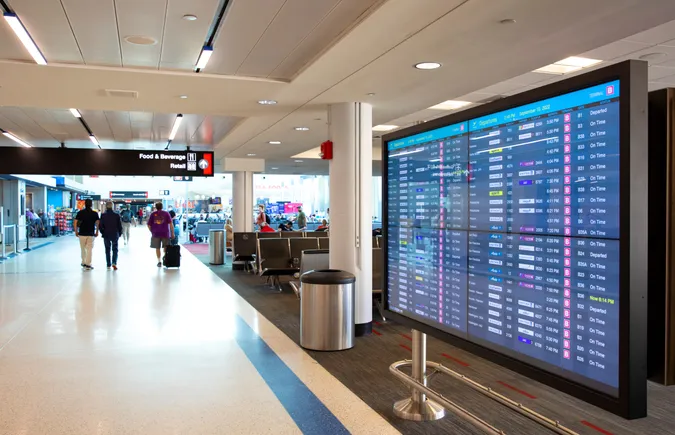Travel
US hotels saw ‘weaker than expected’ Q3 amid slow inbound travel recovery

Dive Brief:
- U.S. hotels saw weaker performance fundamentals in the third quarter of 2024 as the result of a slow summer travel season, according to a quarterly report published by CBRE.
- In the quarter, occupancy was down 0.8% year over year, offsetting ADR growth of 0.6% for the same period, the report detailed. The occupancy and ADR results led to a 0.2% year-over-year decline in RevPAR in Q3.
- While summer political conventions and hurricane displacement-related demand were tailwinds for U.S. hotels in Q3, performance in the quarter was negatively impacted by soft leisure travel and a slow return of international visitors, according to CBRE.
Dive Insight:
The “persistent gap” between outbound and inbound international travel continues to be a headwind for U.S. hotel occupancy growth, according to CBRE. In the third quarter, outbound international travel was 20% above 2019 levels, while inbound traveler volume was 13% below 2019 levels.
U.S. hotels saw “weaker than expected” Q3 performance because of the slow recovery of inbound international visitation. Occupancy rates for all location types in Q3 remained below 2019 levels, with the weakest being urban and resort destinations, down 7% and 5%, respectively, compared to Q3 2019, according to the report.
ADR growth, meanwhile, was strong across all chain scales except for economy hotels, which saw a 2% year-over-year decline, according to the report. JLL similarly reported last week that budget-friendly hotels were hardest hit in Q3.
In a midyear outlook, CBRE forecasted that growth in inbound international travel would have an adverse impact on U.S. hotels in the near term, resulting in low single-digit RevPAR gains.
International travel to the U.S. will fully recover in 2025, the U.S. Travel Association forecasted earlier this year.
While inbound international travel remained challenged in Q3, election-related events and hurricane displacement demand boosted hotels in the quarter, CBRE noted.
Chicago and Milwaukee, where this year’s Democratic and Republican National Conventions were held, posted 12% and 13% year-over-year RevPAR gains in Q3, respectively, the report detailed. Houston saw the largest RevPAR increase in the quarter, up 24%, “likely from the need for hurricane-related temporary housing,” according to CBRE.









